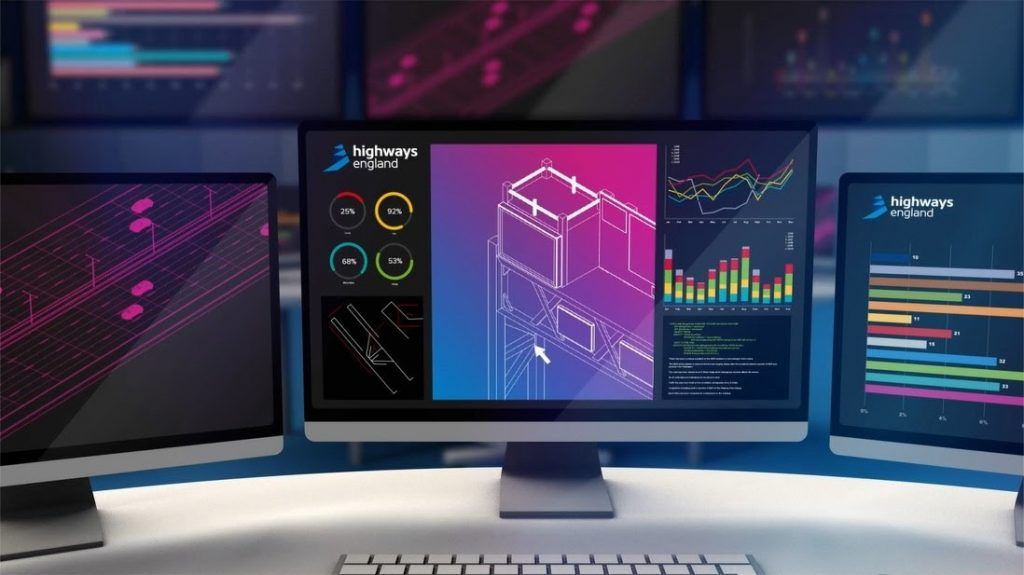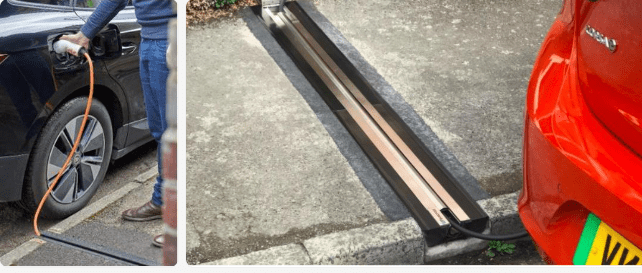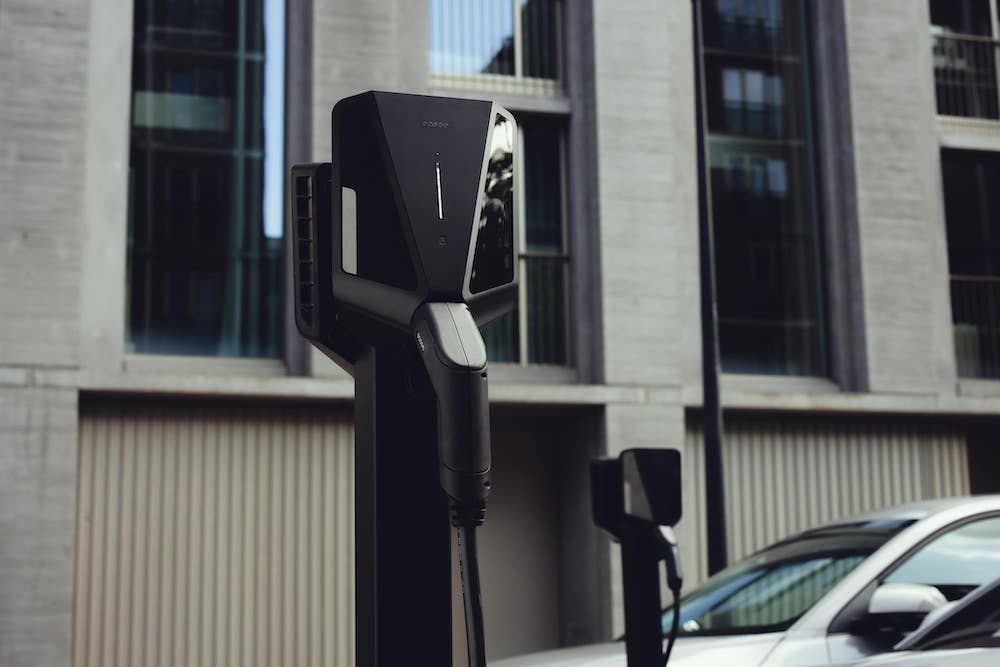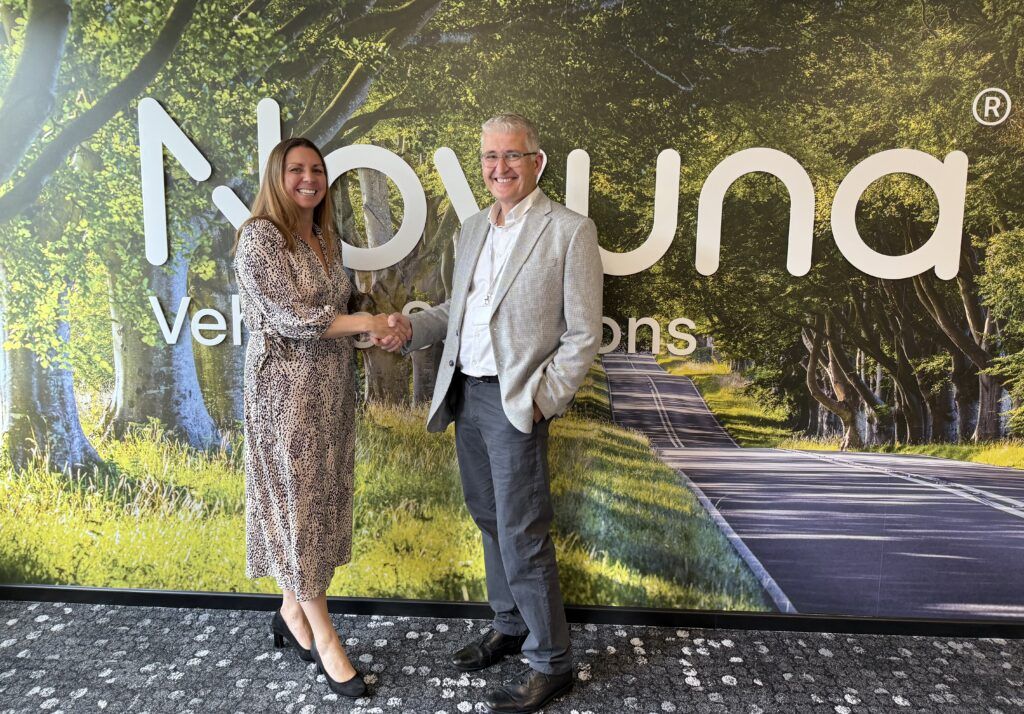A virtual twin of the road network that can predict the time and location of potholes and other maintenance issues is just one of the innovations poised to transform National Highways’ future operations.
Other initiatives that could lead the charge on a digital revolution for roads include intelligent road materials able to repair themselves and more connected and autonomous plant.
These are some of the systems set to be rolled out as part of National Highways’ Digital Roads strategy which is being outlined today on a new website and ‘virtual learning environment’.
The web pages clearly set out the company’s Digital Roads 2025 vision and how the growth of digital technology and the move to electric, connected and autonomous vehicles will fundamentally change roads in the future.
The road twinning system is being developed in collaboration with UK Research and Innovation (UKRI), Engineering and Physical Sciences Research Council (EPSRC), the EU MSCA COFUND programme, construction and engineering company Costain and the University of Cambridge. It will see drawings and static models replaced with digital versions that can identify when maintenance is needed.
The system is being developed thanks to two grants: the £8.6 million EPSRC Digital Roads Prosperity Partnership grant and the £6 million EU MSCA COFUND Future Roads Fellowships programme.
Combining ‘live’ data from intelligent materials in the existing road surface with a digital twinning system that visualises the road and its condition will identify when maintenance work is needed, with roads able to repair themselves using self-healing materials.
This will dramatically reduce the need for time consuming and costly on-site inspections, prevent unnecessary delays to drivers and reduce the emissions generated by roadworks.
Also in use or being developed are connected and autonomous plant, off-site fabrication and modular construction methods.
As well as reducing disruption for drivers, these steps will reduce the associated carbon emissions by around 50% and help to meet the target of zero injuries or deaths on the network by 2040.
The Digital Roads vision for the strategic road network supports the Government’s ambition of ‘the UK being a world leader in shaping the future of transport’ and supporting Britain’s growth. For example, digital design and construction could reduce scheme delivery times by up to 50%.
How the network is operated is becoming more automated and data driven. The use of technology enables National Highways to pre-empt situations rather than just responding to them. For example, sensor technology will forecast traffic levels, weather and environmental conditions enabling us to pre-emptively prepare and respond to situations.
Communication with drivers is improving, ensuring that accurate information is available to help plan journeys through their preferred digital channels. Longer term, the deployment of connected and autonomous vehicles is expected to drastically improve traffic flow and reduce incidents by up to 90%.
Image: courtesy National Highways














